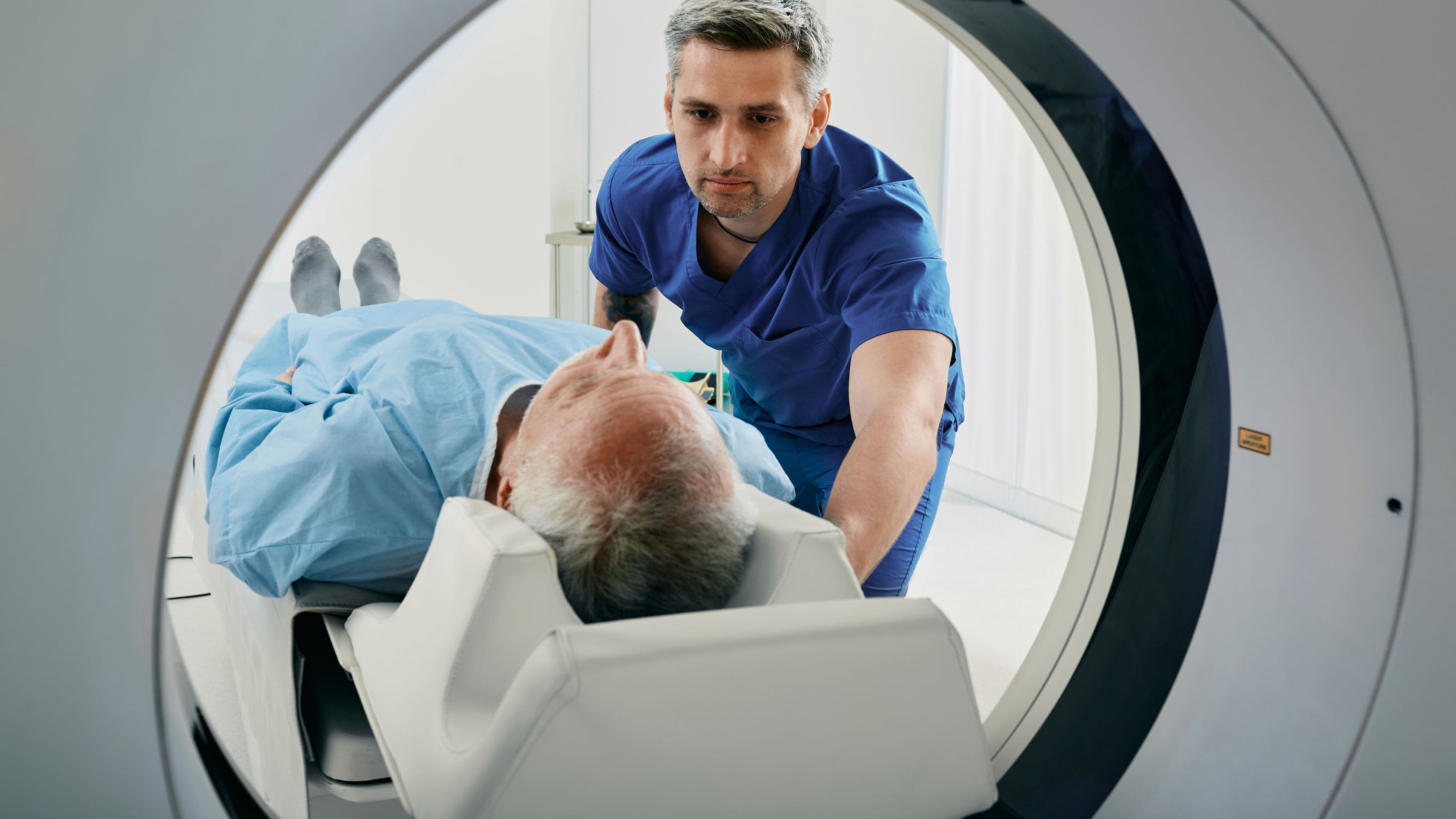From Film to Digital: A Technological Revolution
Traditional X-rays, introduced over a century ago, revolutionized medical diagnosis. However, the process involved film processing chemicals and produced limited image clarity. Digital X-rays, on the other hand, represent a significant leap forward.

How Digital X-Rays Work
Digital X-rays utilize a digital sensor instead of film. This sensor captures X-ray radiation and converts it into electrical signals. These signals are then instantly transmitted to a computer screen, displaying a clear image of your internal structures.
The Benefits of Going Digital
Digital X-rays offer a multitude of advantages compared to traditional film X-rays:
- Enhanced Image Quality: Digital images can be manipulated on the computer to optimize contrast and brightness. This allows doctors to see subtle details more precisely, leading to more accurate diagnoses.
- Reduced Radiation Exposure: Digital X-rays typically require less radiation than traditional film X-rays to produce high-quality images. This translates to a lower radiation dose for patients, especially important for children and pregnant women.
- Faster Results: With digital technology, X-ray images appear on the screen within seconds, allowing for quicker evaluation and treatment decisions. There's no waiting for film processing, which can take time.
- Environmental Friendliness: Digital X-rays eliminate the need for harsh chemicals used in film processing. This significantly reduces environmental impact and waste disposal concerns.
- Efficient Storage & Sharing: Digital images can be easily stored electronically on secure servers, minimizing the risk of loss or damage. Additionally, sharing images with specialists for consultation becomes effortless.

Beyond Efficiency: The Clinical Advantages
The enhanced image quality and faster turnaround time of digital X-rays lead to several clinical benefits:
- Early Detection: Improved image clarity allows for earlier detection of abnormalities, such as fractures, infections, and tumors.
- Improved Treatment Planning: Detailed digital images can guide doctors in developing more precise treatment plans for various medical conditions.
- Reduced Need for Repeat X-rays: With superior image quality, the need for repeat X-rays due to unclear images is minimized.
Digital X-rays are a safe, efficient, and informative diagnostic tool offering a range of benefits for both patients and healthcare providers. They represent a significant advancement in medical imaging technology.